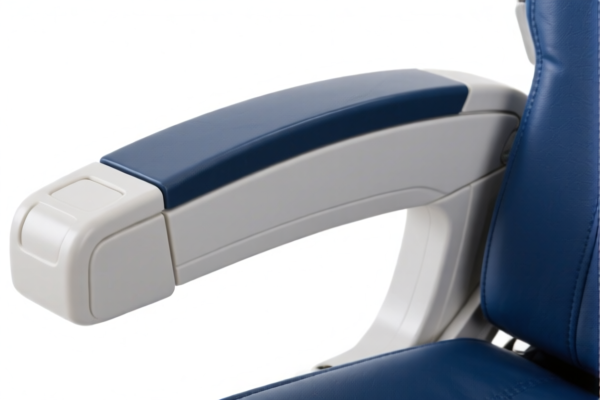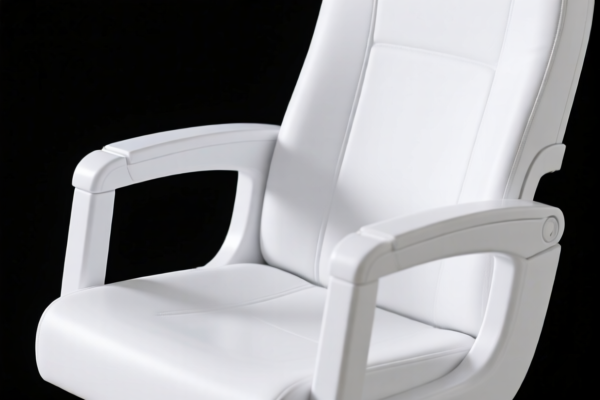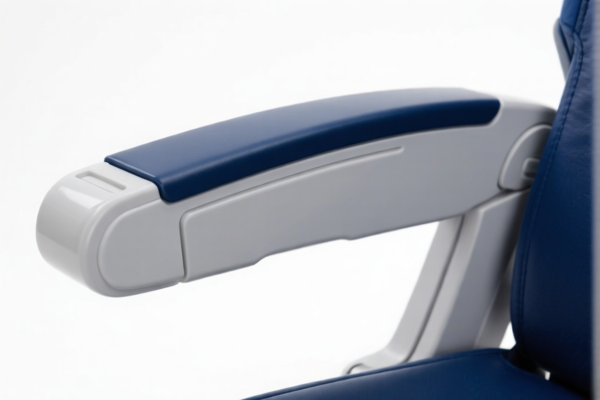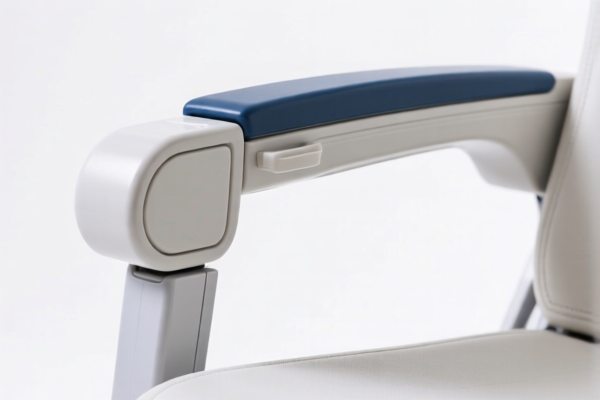| HS Code | Official Doc | Tariff Rate | Origin | Destination | Effective Date |
|---|---|---|---|---|---|
| 6114909070 | Doc | 35.6% | CN | US | 2025-05-12 |
| 9021100050 | Doc | 30.0% | CN | US | 2025-05-12 |
| 9021100090 | Doc | 30.0% | CN | US | 2025-05-12 |




Arm Guard
An arm guard is a protective covering for the arm, intended to shield it from impacts and abrasion. These are utilized across a wide range of activities, from historical combat to modern sports and industrial work.
Materials
Arm guards are constructed from diverse materials depending on the level of protection required and the intended use. Common materials include:
- Leather: Traditionally used for historical reenactment and some martial arts, offering moderate protection and flexibility.
- Metal (Steel, Aluminum): Provides high impact resistance, commonly found in historical armor and some specialized applications.
- Plastics (Polycarbonate, ABS): Lightweight and offer good impact resistance, prevalent in sports like lacrosse, baseball, and paintball.
- Foam (EVA, Memory Foam): Used for cushioning and shock absorption, often layered with other materials for enhanced protection.
- Composite Materials (Carbon Fiber, Kevlar): Offer a high strength-to-weight ratio, utilized in high-performance applications.
- Textiles (Nylon, Polyester): Provide abrasion resistance and comfort, often used as a base layer or outer covering.
Purpose & Function
The primary purpose of an arm guard is to protect the arm from injury. Specific functions include:
- Impact Protection: Absorbing or deflecting blows from objects or opponents.
- Abrasion Resistance: Preventing scrapes, cuts, and burns from contact with rough surfaces.
- Cut Resistance: Protecting against slashing or piercing weapons or objects.
- Support: Some arm guards provide compression and support to muscles and tendons.
Usage Scenarios
Arm guards are employed in a broad spectrum of activities:
- Historical Combat/Reenactment: Providing protection replicating historical armor designs.
- Martial Arts: Protecting arms during sparring or training (e.g., fencing, Aikido, Kali).
- Sports:
- Lacrosse: Protecting against stick checks.
- Baseball/Softball: Protecting against hit by pitches.
- Paintball/Airsoft: Protecting against impacts from projectiles.
- Archery: Protecting the forearm from the bowstring.
- Industrial Work: Protecting arms from abrasions, cuts, and impacts in environments like construction, welding, or manufacturing.
- Motorcycle Riding: Providing abrasion resistance in the event of a fall.
Common Types
- Bracers: Typically leather or metal, covering the forearm and sometimes extending to the elbow. Often associated with historical combat.
- Forearm Guards: Focus solely on protecting the forearm, common in sports and industrial applications.
- Elbow Pads: Protect the elbow joint, often integrated with forearm guards for comprehensive protection.
- Full Arm Guards: Extend from the shoulder to the wrist, providing complete arm coverage.
- Segmented Arm Guards: Constructed from overlapping plates or sections, allowing for greater flexibility and articulation.
- Padded Arm Sleeves: Fabric sleeves with integrated foam padding, providing lightweight protection and compression.
Based on the provided information, the classification of “arm guard” requires careful consideration. Here’s a breakdown of potentially relevant HS codes:
-
6114909070: This code covers “Other garments, knitted or crocheted: Of other textile materials: Other Other: Other”. This could apply if the arm guard is constructed from knitted or crocheted textile materials and doesn’t fall into more specific garment categories. The total tax rate is 35.6% (Base tariff: 5.6%, Additional tariff: 0.0%, Post-April 2, 2025, Additional tariff: 30.0%).
-
9021100050: This code refers to “Orthopedic appliances, including crutches, surgical belts and trusses; splints and other fracture appliances; artificial parts of the body; hearing aids and other appliances which are worn or carried, or implanted in the body, to compensate for a defect or disability; parts and accessories thereof: Orthopedic or fracture appliances, and parts and accessories thereof Bone plates, screws and nails, and other internal fixation devices or appliances”. If the arm guard is used for medical support or fracture fixation, this code may be applicable. The total tax rate is 30.0% (Base tariff: 0.0%, Additional tariff: 0.0%, Post-April 2, 2025, Additional tariff: 30.0%).
-
9021100090: This code covers “Orthopedic appliances, including crutches, surgical belts and trusses; splints and other fracture appliances; artificial parts of the body; hearing aids and other appliances which are worn or carried, or implanted in the body, to compensate for a defect or disability; parts and accessories thereof: Orthopedic or fracture appliances, and parts and accessories thereof Other”. If the arm guard is an orthopedic appliance but doesn’t specifically fall into the “Bone plates, screws and nails” category, this code could be used. The total tax rate is 30.0% (Base tariff: 0.0%, Additional tariff: 0.0%, Post-April 2, 2025, Additional tariff: 30.0%).
According to the provided reference material, the HS code options related to 'arm guard' are limited, with only the following 3 found.
It is important to determine the material composition and intended use of the arm guard to select the most appropriate HS code. If the arm guard is used for medical purposes, codes 9021100050 or 9021100090 are more likely to be applicable. If it is a general protective garment, 6114909070 may be more suitable.
Customer Reviews
No reviews yet.